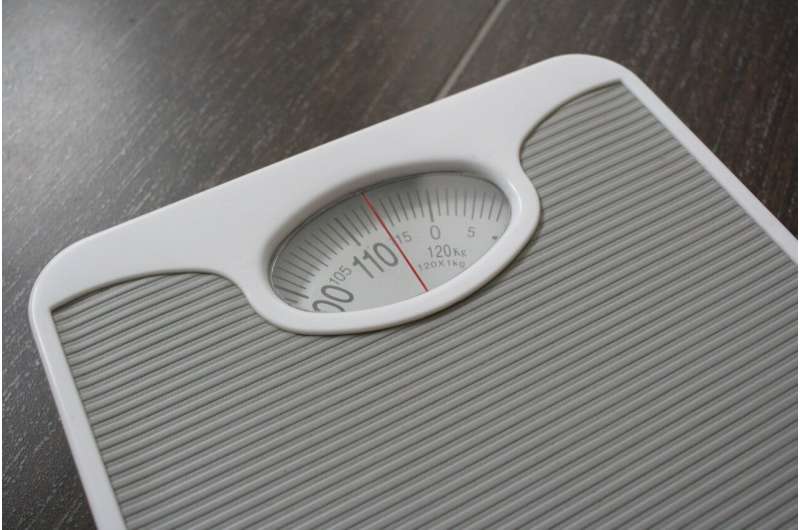Innovative Surgical Repair of a Rare Dextro-Transposition of the Great Arteries

A groundbreaking complex surgical repair of a rare D-transposition of the great arteries in a newborn demonstrates advanced techniques and expert teamwork at Children’s Hospital Los Angeles, ensuring excellent outcomes for complex congenital heart defects.
In a remarkable case at Children’s Hospital Los Angeles, a specialized surgical team successfully repaired a rare and complex variation of dextro-transposition of the great arteries (D-TGA) in a critically ill newborn. Transposition of the great vessels is a congenital heart defect where the pulmonary artery and aorta are switched, disrupting normal blood flow. Typically, the arteries are in their standard positions, but in this infant, the arteries were also levo-malposed, adding a significant layer of complexity to the procedure.
The newborn arrived at CHLA just hours after birth, requiring immediate intensive care and mechanical ventilation. The surgical team faced unique anatomical challenges: the aorta was positioned in front and to the left rather than its usual location, and both the right coronary artery and the left anterior descending artery originated from a single, anterior, and rightward opening. These anomalies made standard arterial switch techniques insufficient.
The team performed an arterial switch operation within the first two days of life, led by renowned congenital heart surgeon Dr. Luke Wiggins. The procedure demanded innovative techniques, including the use of a J-shaped trapdoor incision in the neoaortic root. This approach provided extra flexibility, allowing precise transfer of the coronary arteries while preventing twisting or compression, which are critical for maintaining proper blood flow.
Additionally, the team opted against the common LeCompte maneuver to avoid risks of coronary artery compression. Instead, they positioned the pulmonary arteries behind the aorta, ensuring ample space and protection for the transferred coronary arteries.
Postoperative recovery was successful; the infant was discharged home 18 days after the surgery. The procedure’s success highlights that even with rare anatomical variations, complex congenital heart defects can be effectively treated at high-volume specialized centers. The comprehensive team effort, encompassing surgeons, cardiologists, anesthesiologists, and intensive care staff, played a vital role in achieving these excellent outcomes.
This case underscores the importance of surgical expertise and teamwork in managing complex neonatal heart conditions. It also emphasizes that individualized, innovative surgical approaches can overcome unique anatomical challenges, offering long-term hope for affected infants.
For more detailed insights, the case was published in the World Journal for Pediatric and Congenital Heart Surgery.
Stay Updated with Mia's Feed
Get the latest health & wellness insights delivered straight to your inbox.
Related Articles
Study Finds Masturbation Can Alleviate Menopause Symptoms
A new clinical study shows that masturbation can significantly reduce menopause symptoms, highlighting the role of sexual wellness in menopause management.
Rethinking Observation Times for Children with Allergic Reactions to Reduce Hospital Stay
Recent research indicates that many children with allergic reactions can be safely discharged from hospitals earlier, reducing unnecessary stays and improving care efficiency.
New Framework Reclassifies 1 in 5 Overweight Adults as Obese Without Increased Mortality Risk
A new obesity classification framework suggests that 1 in 5 overweight adults are now considered obese, with similar health risks as normal-weight individuals, potentially enabling earlier intervention.
Urban Dietary Habits Leave Unique Microbial Footprints in the Human Gut
A groundbreaking study uncovers how city-specific diets in China shape the gut microbiota, enabling accurate identification of residents' hometowns through microbial signatures. These findings have significant implications for personalized medicine and regional dietary strategies.



